British Cuisine
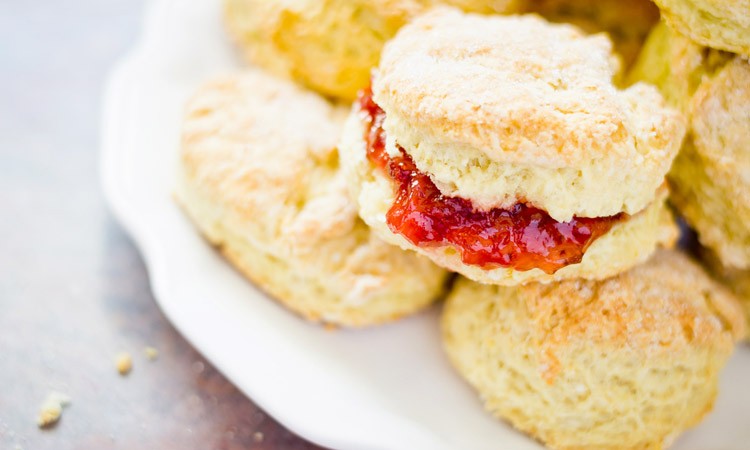
British cuisine has always suffered from bad press. The simple homespun fare and plain preparation of most traditional British foods pales when compared to French haute cuisine, and it’s not uncommon for food critics to sound almost apologetic when writing about traditional British dishes as if there were something shameful in enjoying a good, thick joint of beef with an accompaniment of Yorkshire pudding. If they speak in glowing terms of anything at all, it is a nod to the clever naming of British foods, where dishes like bubble and squeak and spotted dick appear on restaurant menus.
And yet, for all the snickering and apologetic references, British cuisine at its best is hearty, delicious, simple fare on which to fuel the nation that influenced the entire world. There is no other nation in the world that does a roast of beef to such perfection, nor any better accompaniment to the succulent meat than a puffed, piping hot Yorkshire pudding prepared in its drippings, and few cuisines have a dessert that can compare with the pure heaven that is a well made trifle or treacle tart.
British cuisine is a blending of the practical with the nutritious. If it is, as some say, unimaginative, that may be because the food itself needs little imagination to fancy it up and make it palatable. It is certainly not because the British mind lacks imagination when it comes to food – the common names for everyday meals sometimes require a translator just so you’ll know what’s on your plate. A walk through a restaurant take-away menu offers such dishes as ‘mushy peas’, steak and kidney pie, fish and chips and bangers and mash.
There are well-known British dishes for eating at each meal. Some of the most popular include:
Breakfast:
A full English country breakfast includes meat, eggs, pancakes or toast and side dishes like hash and bangers and mash. It’s hearty fare, the sort that is set on the table for dinner in most other cultures. It often includes leftovers from last night’s dinner, diced and fried together with seasonings and butter, sometimes called country hash.
Tea:
The tradition of mid-afternoon tea is one that’s been observed by the British for centuries. Among the most common dishes served at mid-afternoon tea are finger-foods like crumpets with jam and clotted cream, dainty watercress sandwiches and scones with raisins or dried fruits.
Sunday Dinner:
The Sunday dinner has a long tradition as being a family occasion – the one meal of the week at which all family members gathered. A roast joint of meat – beef, lamb, pork or chicken – is nearly a requirement, and it is served with a potato and vegetable, and very often accompanied by Yorkshire pudding.
Puddings and custards feature prominently in British cuisine. Baked, boiled or steamed, puddings are usually made with suet and breading, and studded with dried fruits and nuts. One of the most popular and delightful British desserts is the trifle, and there are nearly as many variations as there are cooks. The base is a sponge cake, often left over from another meal. Soaked in Madeira or port, it is layered in a dish with custard, jam, fruits and Jell-O and topped with whipped cream. The end result is a delicious mélange that is features all that is good about British cookery – plain, practical cooking that is meant to fill the belly and satisfy the taste buds.


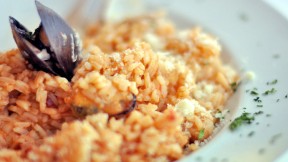
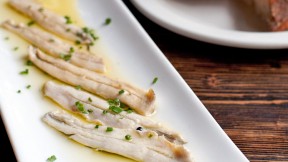
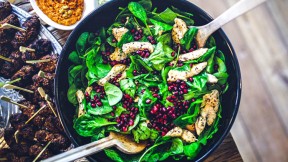
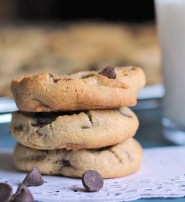
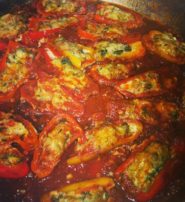
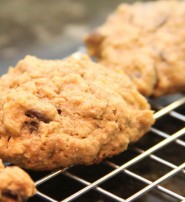







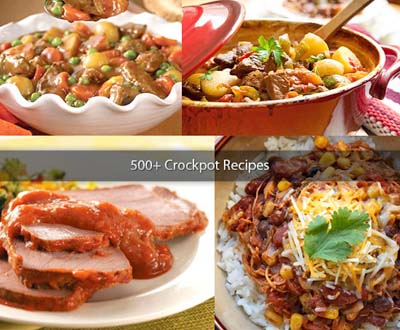








LEAVE A REPLY